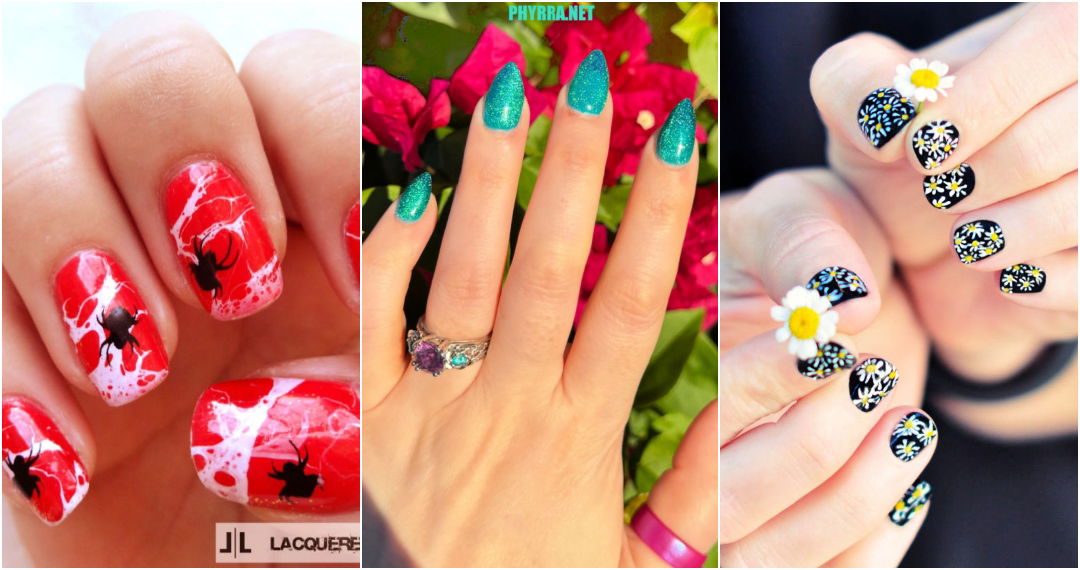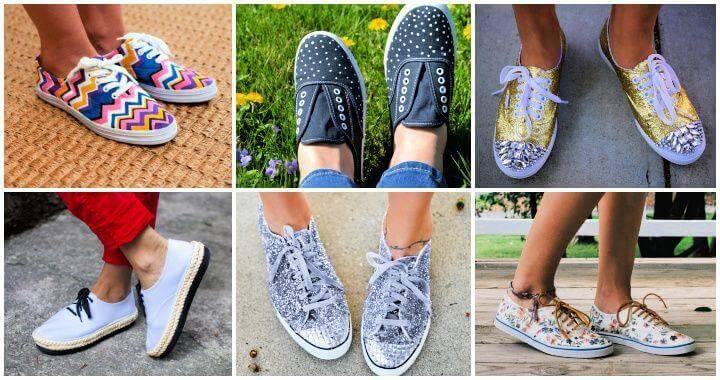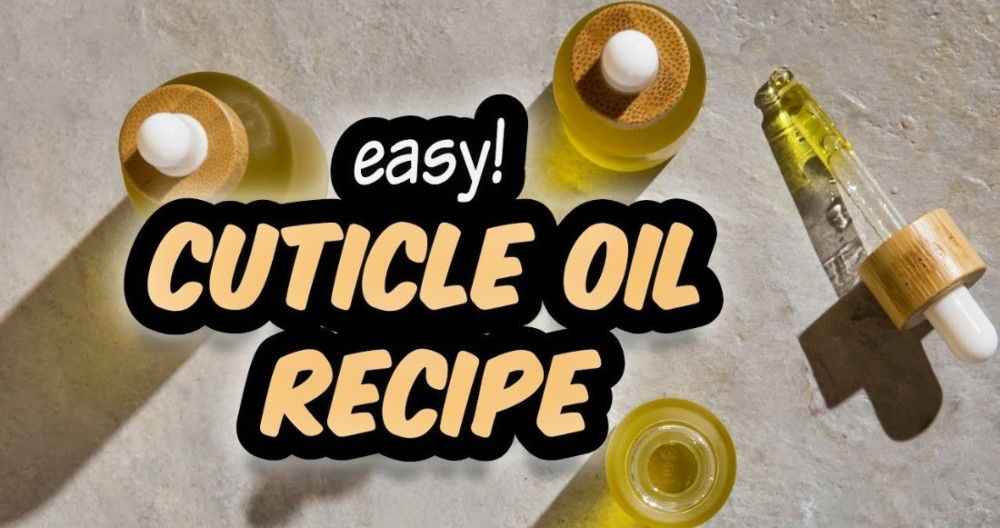Making DIY ripped jeans right from the comfort of your home has never been easier. It's a fantastic way to transform a plain pair of jeans into something trendy and unique. This comprehensive guide covers everything you need to know, from selecting the perfect pair to the final touches that make your jeans truly stand out. With simple tools, learn how to rip jeans like a pro with our step-by-step guide. Transform a pair of old denim into trendy ripped jeans in no time!
Diving into the process, we'll walk you through the necessary materials, step-by-step instructions, and care tips to ensure your ripped jeans last longer and look amazing. You'll learn how to plan your distress areas, the right way to cut and fray the edges, and how to add personal touches that reflect your style. Furthermore, we'll explore eco-friendly alternatives and aftercare to keep your creations in the best condition.
So, let's get started on this clothing transformation adventure – your guide to making ripped jeans awaits in the next section.
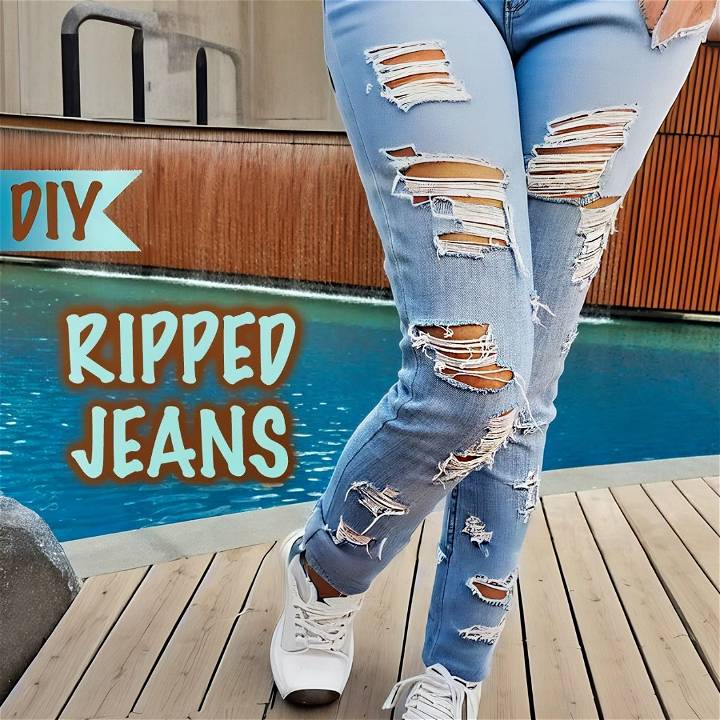
Materials You'll Need:
- A pair of jeans
- Chalk or a fabric pen
- Scissors
- Tweezers
- A cheese grater or sandpaper (optional)
- A thick piece of cardboard or a small wooden block
Step by Step Instructions
Learn how to make trendy ripped jeans at home with our easy DIY guide below:
Step 1: Choose the Right Pair of Jeans
Select a pair of jeans that you'd love to transform. It could be an old pair that needs revamping or a cheap pair you've bought specifically for this project. Remember, the fit is crucial, as distressed elements can't compensate for a poor fit.
Step 2: Plan Your Distress Areas
Before you begin, put your jeans on and use chalk or a fabric pen to mark where you'd like the rips to be. Common areas include the knees, thighs, or near the pockets. Remember, less is often more when it comes to distressing.
Step 3: Prepare Your Jeans
Lay the jeans flat on a table and slide the cardboard or wooden block inside the pant leg where you're planning to make your first distress marks. This will prevent you from accidentally cutting through to the other side.
Step 4: Start Cutting
Using your scissors, start cutting horizontal slits over the areas you've marked. These slits can range from half an inch to a couple of inches long, depending on your preference. Keep the cuts at least a finger's width apart to avoid making a large hole unless that's your intended look.
Step 5: Fray the Edges
Once you've made your cuts, use tweezers to fray the edges and pull out the vertical blue threads. The horizontal white threads should remain intact, giving your jeans that perfect distressed look. For additional texture, lightly graze over the edges with a cheese grater or sandpaper.
Step 6: Finishing Touches
Try on your jeans and assess your handiwork. If certain areas look too neat or uniform, go back and make adjustments. Distressed denim should look naturally worn, so don't hesitate to add more frays or tears where it feels right.
Caring for Your DIY Ripped Jeans
To maintain your DIY distressed jeans, consider hand washing them or using a delicate cycle in your washing machine. Avoid heavy-duty cycles as they may further distress your jeans in ways you didn't intend.
Video Tutorial
For a step-by-step video tutorial on making distressed denim jeans, check out Kreena Desai's Guide on YouTube.
It pairs well with this written guide, providing a visual view of the techniques discussed in an approachable and straightforward manner.
This blend of visual and written instructions ensures that you fully grasp each step of the process, helping you achieve that perfect distressed look.
Customization and Creativity
Making the perfect pair of ripped jeans isn't just about making a few tears here and there. It's about expressing your individual style and taste. Below, we delve into how you can personalize your rips and add unique embellishments to make your jeans truly one-of-a-kind.
Personalizing Your Rips
- Consider the Placement: The location of the rips can significantly affect the overall look. For a subtle look, consider ripping areas that naturally wear down, such as the knees or thighs. For something more dramatic, think about adding rips along the seams or on the pockets.
- Decide on the Size and Style: The size and style of the rips are crucial. Small, frayed holes can make a worn-in look, while larger rips can make a bold statement. Consider experimenting with different styles, like straight rips for a clean edge or uneven tears for a more rugged appearance.
- Frayed Edges: For a distressed but not overly dramatic look, focus on making frayed edges. You can achieve this by gently pulling out the threads around the rip with a pair of tweezers or a small pick.
Adding Embellishments
Adding embellishments is a fantastic way to elevate your ripped jeans from cool to absolutely unique. Here are a few ideas to get you started:
- Patches: Patches are not only great for covering unwanted holes, but they can also add a pop of color and personality. Choose patches that represent your interests, favorite bands, or even quirky designs.
- Embroidery: If you're handy with a needle and thread, consider adding some embroidery around the rips. Floral designs, quotes, or abstract patterns can transform your jeans into a piece of wearable art.
- Paint: Fabric paint is another excellent tool for customization. Whether you opt for splatter effects, detailed designs, or hand-painted quotes, the sky's the limit. Just make sure to use fabric paint and follow the instructions for setting the paint so it lasts through washes.
Have fun customizing your jeans with creativity and no fear of experimenting. The key is letting your artistic side shine.
Alternatives to Ripping Jeans
Understanding the Environmental Impact
The fashion industry harms the environment through the production of clothing and waste. This can lead to resource depletion and greenhouse gas emissions. Disposing of jeans also adds to textile waste in landfills. Ripping jeans for style can worsen these issues.
Embracing Sustainable Alternatives
For those passionate about fashion and the environment, there are sustainable approaches to achieving the ripped jeans look without contributing to the environmental issues associated with new clothing production and waste. Here are some eco-friendly alternatives:
- Shop Second-Hand: One of the most sustainable ways to add ripped jeans to your wardrobe is to purchase them second-hand. Thrift stores, consignment shops, and online marketplaces are treasure troves for finding pre-ripped jeans that are unique and affordable. By choosing second-hand, you're not only extending the life of the garment but also reducing demand for new clothing production.
- DIY Distressing Without Ripping: Instead of making new rips, consider techniques that distress your jeans without fully breaking the fabric. This can include using sandpaper, a cheese grater, or a pumice stone to gently wear down areas of the jeans for a lived-in look. These methods allow you to customize your jeans while maintaining their structural integrity.
- Repairs and Upcycling: Embrace the beauty of imperfection by learning how to creatively repair any existing rips or tears in your jeans. Techniques like patching, darning, or even decorative embroidery can transform areas of wear into unique design elements. Upcycling gives a new lease of life to your jeans, encouraging a more sustainable relationship with your clothes.
Consider sustainable fashion to enjoy ripped jeans without harming the environment. Balance style and eco-consciousness.
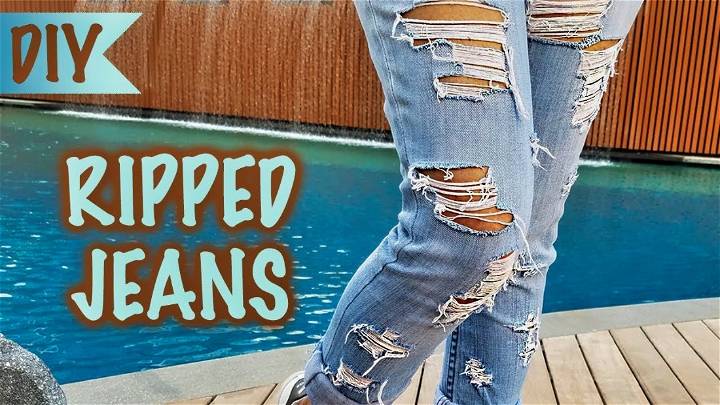
Aftercare and Maintenance for Ripped Jeans
Preventing Rips from Getting Bigger
Ripped jeans can add a stylish and edgy look to your outfit, but without proper care, those fashionable tears can grow larger than desired. Here are effective ways to keep those rips in check:
- Fray Check: Apply a small amount of fray check solution around the edges of the tears. This clear liquid dries quickly and helps prevent the fabric from fraying further.
- Reinforcing Stitches: For a more hands-on approach, use a needle and thread to sew around the edges of the rip. Choose a thread color that matches your jeans for a seamless look. This method not only prevents the rip from enlarging but also adds a touch of personal craftsmanship to your denim.
Washing and Drying Instructions
To maintain the quality and longevity of your ripped jeans, following the right washing and drying procedures is crucial. Here's how:
- Turn Jeans Inside Out: Before washing, turn your jeans inside out. This helps in reducing the abrasion that causes more fraying.
- Use Gentle Cycle: Wash your jeans on a gentle cycle with cold water. Hot water can cause the denim to shrink and fray more.
- Mild Detergent: Opt for a mild detergent to prevent the jeans' color from fading and to protect the fabric integrity.
- Avoid the Dryer: The high heat from the dryer can cause further fraying and damage to the rips. Instead, hang your jeans to air dry. If you must use a dryer, use a low heat setting and remove the jeans while they're still slightly damp to air dry the rest of the way.
Following these aftercare and maintenance tips will ensure your ripped jeans remain a staple in your wardrobe for years to come, retaining their intended distressed look without unwanted damage.
FAQs on Ripping Jeans at Home
Ripping jeans at home is a popular way to add personality to your wardrobe. Here, we cover some frequently asked questions to help you get started and maintain your custom jeans.
What materials do I need to rip jeans at home?
To start, you'll need:
- A pair of jeans
- Chalk or a fabric pen
- Scissors
- Tweezers
- Optionally, a cheese grater or sandpaper for added texture
- A thick piece of cardboard or a small wooden block to prevent cutting through both layers of the jeans
How do I decide where to rip my jeans?
When planning your rips:
- Put on your jeans.
- Use chalk or a fabric pen to mark where you'd like the rips, considering areas that naturally wear down, like knees and thighs, for a more authentic look.
- Ensure the rips are balanced and complement the jeans' overall fit.
How can I prevent the rips in my jeans from getting bigger?
To maintain the size and shape of the rips:
- Apply fray check solution around the edges of the tears.
- Consider reinforcing the edges with stitches using a thread that matches your jeans.
Can I wash ripped jeans in the washing machine?
Yes, but:
- Turn the jeans inside out to protect the distressed areas.
- Use a gentle cycle with cold water and a mild detergent.
- Avoid using the dryer. Instead, air dry your jeans or use a low heat setting if necessary.
Are there sustainable alternatives to ripping new jeans?
Embracing sustainable fashion is important. Consider:
- Shopping second-hand for pre-ripped jeans.
- Distress without ripping by using sandpaper or a cheese grater on old jeans.
- Repurposing or repairing jeans with creative stitching or patches to give them a new lease of life.
How can I add a unique touch to my ripped jeans?
Customize your jeans by:
- Adding patches that reflect your personality.
- Embellishing with embroidery around the rips for a personal touch.
- Using fabric paint to add designs, patterns, or quotes.
How do I ensure the ripped jeans fit my style?
When ripping your jeans:
- Think about the size and style of the rips: small frays for a subtle look or larger tears for a statement.
- Consider the placement of rips for the desired effect, whether it's subtle or dramatic.
- Remember, personalization is key. Let your creativity and personal style guide your choices.
By following these tips and FAQs, you'll be well on your way to making a pair of ripped jeans that are not only stylish but also uniquely yours.
Conclusion:
In conclusion, mastering the art of DIY ripped jeans at home is a rewarding way to add a personalized touch to your wardrobe while embracing a creative project. This guide should serve as your roadmap, from selecting the perfect pair of jeans to adding those final touches that make your garment uniquely yours.
Remember, maintaining the longevity of your DIY masterpiece involves proper aftercare, ensuring your stylish creation remains part of your favorite outfits for seasons to come. Whether exploring customization options or investigating sustainable alternatives, your journey into the world of at-home denim distressing promises a stylish and fulfilling adventure.


